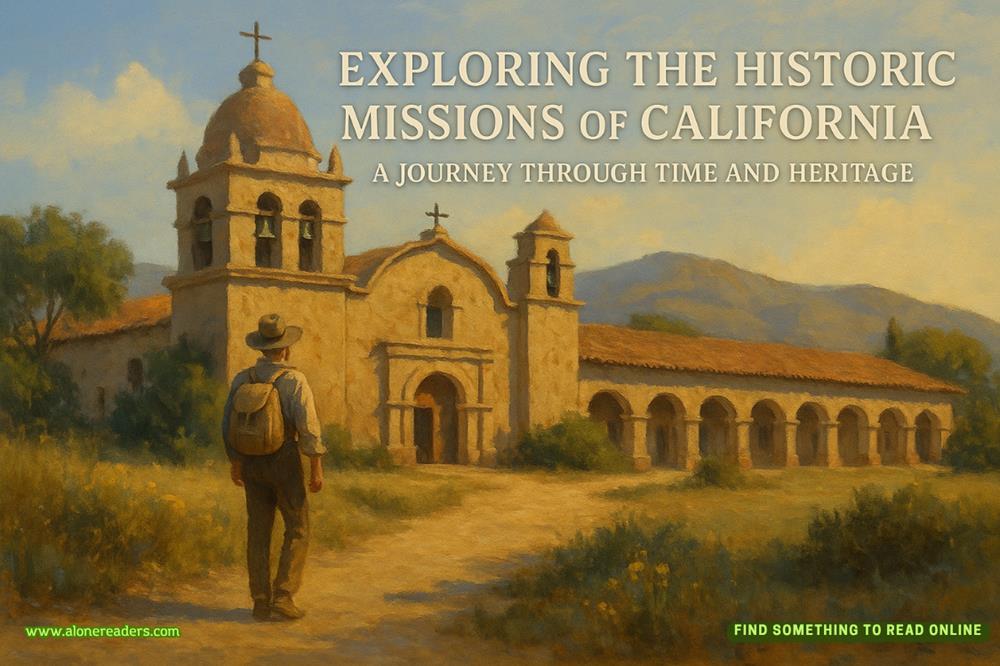“Contamination during the attack,” I hypothesize, mind racing through possibilities. “Trace DNA transfer through talon wounds or—” I stop, a more interesting theory forming. “Or perhaps the Storm Eagles are leaving biological markers deliberately. A form of territorial marking.”
“Biological warfare?” Chen looks alarmed.
“Not necessarily warfare. More like a signature.” I tap the screen, highlighting a specific sequence. “This isn’t causing harm—it’s just… present. Almost like they’re saying ‘we were here’ at a molecular level.”
I make a note to investigate this further when I have time. If the Storm Eagles are capable of such sophisticated biological strategies, it suggests an intelligence and evolutionary advancement far beyond what Haven’s Heart attributes to wild clans.
The rest of the day passes in a blur of activity. More wounded arrive from outlying farms—casualties of smaller, targeted raids. I work methodically, treating burns from lightning strikes, lacerations from talons, and broken bones from falls as settlers tried to escape aerial attacks.
With each patient, I document the nature of their injuries, building a catalog of Storm Eagle attack patterns. What emerges isn’t the random violence of primitive raiders but precise tactical strikes designed to disable rather than kill. The Eagles target infrastructure, supply lines, and defensive capabilities—rarely causing civilian casualties unless directly challenged.
It’s the strategy of a military mind, not a wild clan.
By evening, I’ve treated seventeen patients and performed two surgeries. My hands ache and my back protests as I finally take a moment to drink some water and check my notes. The pattern of injuries tells a story: the Storm Eagles are getting bolder, their strikes more coordinated, and their targets more strategic.
“You should rest,” Dr.Chen says, appearing at my side with a cup of coffee. “You’ve been on your feet for fourteen hours.”
“I will. Soon.” I accept the coffee gratefully. “I just need to finish these observations while they’re fresh.”
“More data for your Storm Eagle obsession?” His tone is light, but his expression shows concern.
“It’s not an obsession. It’s scientific inquiry.” But even as I say it, I know there’s truth in his words. Since witnessing the golden eagle leader in action, I’ve been fixated on understanding these creatures. Something about their precision, their coordination, their sheer mastery of aerial combat fascinates me on a level beyond professional curiosity.
“Whatever you call it, it’s consuming you.” Chen glances around to ensure we’re alone before continuing in a lower voice. “Elena, some of the team is starting to notice. The way you question every victim about the Eagles, how you’ve requested tissue samples…”
“It’s my job to gather intelligence,” I counter, though a flicker of unease runs through me. “The Council specifically sent me because of my expertise in shifter genetics.”
“There’s a difference between gathering intelligence and…” he searches for the right word, “fixation. Just be careful. Captain Reed is watching you.”
I nod, acknowledging his warning even as I bristle at the implication. My interest is purely scientific. Yet I can’t deny the strange pull I feel toward understanding these aerial predators—particularly their golden leader.
Later that night, I remain in our makeshift lab, analyzing blood samples from today’s patients. The quiet hum of equipment provides a soothing backdrop to my thoughts as I search for more evidence of those anomalous genetic markers.
The computer beeps, indicating it’s found a match to my search parameters. I lean forward, studying the results with growing excitement. The trace Storm Eagle DNA shows markers consistent with elemental manipulation—genetic sequences associated with channeling natural energy sources.
“They’re not just shapeshifters,” I whisper to myself. “They’re elemental conduits.”
This discovery could revolutionize our understanding of shifter evolution. Most documented shifter types express purely physical transformations—changes in form but not in fundamental energetic makeup. But these markers suggest the Storm Eagles can actually manipulate and channel storm energy through their genetic structure.
I’m so engrossed in my findings that the knock at the lab door startles me. I quickly save my data and close the screen before calling out, “Come in.”
Settlement Commander Walsh enters, his weathered face grave in the low light. “Dr.Ashford. Working late again?”
“Just following up on some test results,” I reply, keeping my tone professional. “What can I do for you, Commander?”
“We captured something you might want to see.” He gestures for me to follow him. “It won’t keep until morning.”
Intrigued, I grab my medical kit and follow Walsh through the darkened settlement. The night air carries the scent of pine and woodsmoke, a stark contrast to the antiseptic environment I’ve left behind. Guards nod respectfully as we pass, their hands never straying far from their weapons. The recent attacks have everyone on edge.
Walsh leads me to a small outbuilding near the settlement’s perimeter fence. Two armed guards stand at attention outside. They step aside at Walsh’s nod, allowing us entry.
Inside, a single lamp illuminates a makeshift holding cell. On a metal table lies a large, dark object—at first glance, it appears to be a bundle of cloth. On a closer examination, I realize I’m looking at a wing. A Storm Eagle wing, severed near the shoulder.
My stomach lurches, but my scientific mind immediately takes over. “Where did you find this?”
“Patrol found it in the western woods,” Walsh explains. “Must have been injured in the last raid and couldn’t make it back to their territory.”
I approach the table, medical training overriding my initial revulsion. The wing is massive—at least six feet in length, covered in dark gray feathers with distinctive silver tips along the edges. Not golden like the leader’s, but still impressive.















